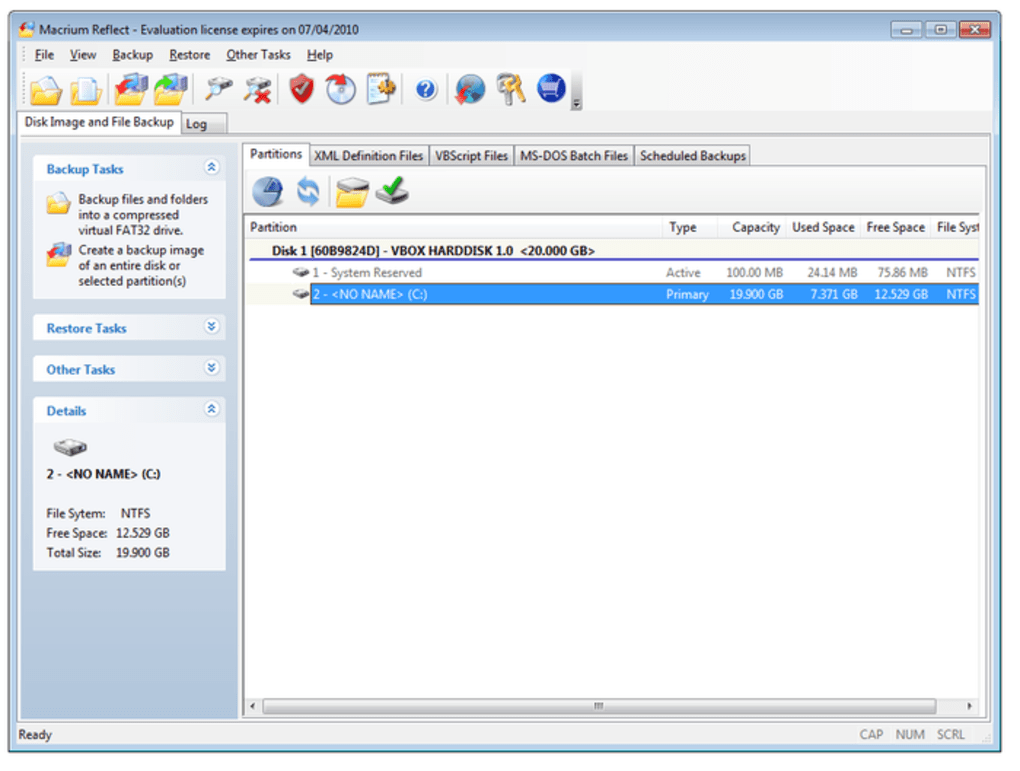

Install Acronis and then create a bootable Restore/Rescue Media CD (WinPE option is the better of the two choices) before you start creating your first image backup. THe trial and rescue/restore media will not function after 30 days. Image Backups and restores are fully functional.įor the trial version, your recovery / restore image process available is when booting from an Acronis Bootable Media CD within the 30 day trial period. Note: Cloning and drive initialization (creating a MBR) are not supported in the trial version. Pay special attention to the "Options" and don't exclude the "System Volume Information" folder from the backup. User interface has become more complex and less obvious, be prepared to read the user's guide before you start. Version 11.x supports XP, Vista, Windows 7, 8 / 8.1 and Windows 10 Note: Install Todo and then create an "Emergency Disk" (WinPE option is the better of the two choices) before you start creating your first image backup.

Includes: Incremental backup, Disk/partition clone

User friendly interface simplifies the backup process. I use the "Free" version of EaseUS Todo Backup but other products are listed below. With that app it's possible to create bootable USB-tool to take or restore images.įor backup apps check EaseUS ToDo Backup.

One widely used fee app is Macrium Reflect: This is only for creating / restoring cloned disks, but it has good partition manipulation tools.Ĭurrent free version don't allow to create USB-tool, but few years ago they offered free USB tool image PWfree91.iso which can be still found from internet with little search. My favorite disk image app is MiniTool Partition Wizard With images you can easily restore crashed PC to working condition. You can find many most useful those apps that you can take image of whole disk, identical clone or image file to external USB disk. I can't say what is best, that depend on which suit best for your own needs.


 0 kommentar(er)
0 kommentar(er)
